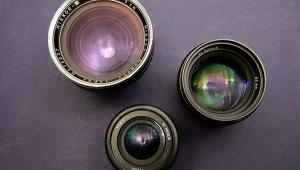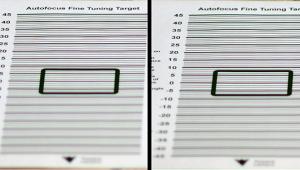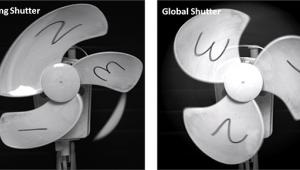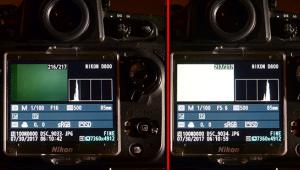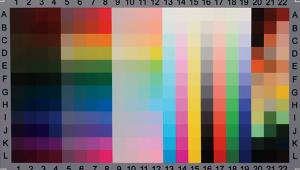Shutter to Think: Everything You Always Wanted to Know About Camera Shutters but Were Afraid to Ask
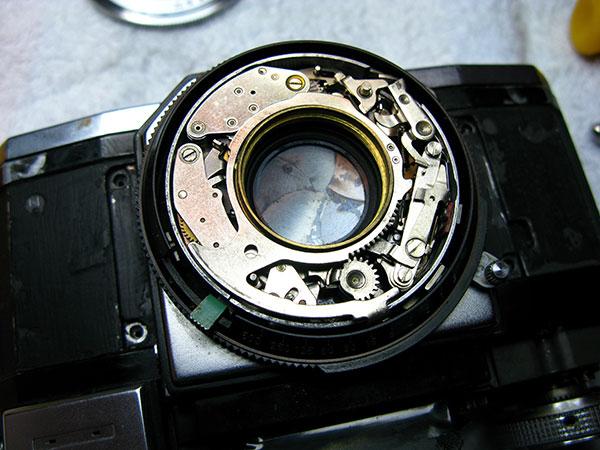
Of all the components of a camera, few are as iconic as the shutter. The name of this magazine is testimony to that.
However, it’s not likely you tax your brain thinking deeply about shutter mechanisms. You set a speed, you push a button. Who needs to know the details?
Maybe you. Shutters affect more than exposure. They can limit your flash options, distort your pix, or possibly lighten your wallet.
The earliest cameras didn’t have shutters. Emulsions were slower than continental drift, and making a snap was anything but snappy. Lens caps served as the original shutters, and even decades later some cameras sported nothing fancier than a metal flap that could be swung off to the side of the lens. Cheap, reliable, and no annoying click.
By the late 19th century, dry plates and baked emulsions greatly increased the speed of films, and suddenly exposure times were well under a second. Few photogs were able to swing flaps or switch lens caps in an eye blink, so pneumatic and clockwork shutters were incorporated into cameras.
Today, three types of shutters are common. The first are leaf shutters, with metal blades that form a roughly circular aperture inside the lens, opening and closing when you punch the shutter release. These resemble the blades that control the f-stop, although typically there are only five blades, compared to the eight or nine common for aperture control. Leaf shutters are pretty fast, able to do their open-and-shut thing as quickly as 1/1500 second or less.
In order to forestall the middle of the photo getting more exposure than the edges (because the central part of the shutter is open longer), leaf shutters have to be close to the lens, and not where the sensor is. The commonplace downside of this requirement is that every lens in your bag needs its own shutter. That can increase both the weight and cost of your optics.
But there’s an upside to leaf shutters. It’s easy to arrange circuitry to fire a flash during the time the shutter is open, even if that’s pretty short, say 1/1000 second. You may wonder why this is interesting—after all, the flash will freeze the motion, so who cares what the shutter speed is? Well, you will, if you’re using your flash outdoors to fill in faces, and want to reduce the exposure of the background without stopping the lens down too far.
Many cameras eschew leaf shutters for the focal plane variety. Placed just in front of the sensor (or film), these curtain-style shutters avoid the necessity of stuffing each optic with fiddly hardware. One shutter, generously included with your camera, serves all lenses.
The first focal plane shutters debuted at about the time workers began constructing the Brooklyn Bridge. They were made of wood, and gravity powered. Today’s curtains are of thinner stuff, plastic, metal, or fabric, and move either vertically or horizontally across the sensor in about 1/250 second. Faster shutter speeds are arranged by having a second curtain that follows the first. This scheme then forms a slit that passes in front of the sensor, and the exposure for any part of that sensor can be impressively brief: 1/8000 second or thereabouts.
So, if your pictorial penchant is to make photos of cheetahs or exploding water bombs, these fast shutter speeds are for you. But there’s a price: Sure, the slit may limit the exposure of any given pixel to, say, 1/8000 second, but it still takes 1/250 second to cross the sensor. Fast-moving objects can actually move as rapidly as the slit, and appear bent or otherwise unhealthy.
Furthermore, you can use a flash successfully only if you have the first curtain at, say, the top of the sensor and the second curtain still at the bottom, about to do its thing. That way the entire sensor will be exposed to the light from the flash, not just a slit.
In other words, your top shutter speed for flash can be a relatively low 1/250 second or so. And as noted, that can be a bummer.
The third type of shutter? NO shutter! That’s right: Your smartphone’s camera is shutter challenged. How does it do it? Tune in next time.
Seth Shostak is an astronomer at the SETI Institute who thinks photography is one of humanity’s greatest inventions. His photos have been used in countless magazines and newspapers, and he occasionally tries to impress folks by noting that he built his first darkroom at age 11. You can find him on both Facebook and Twitter.

